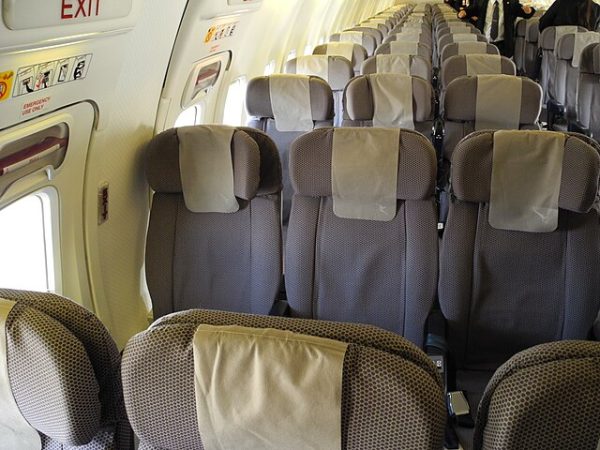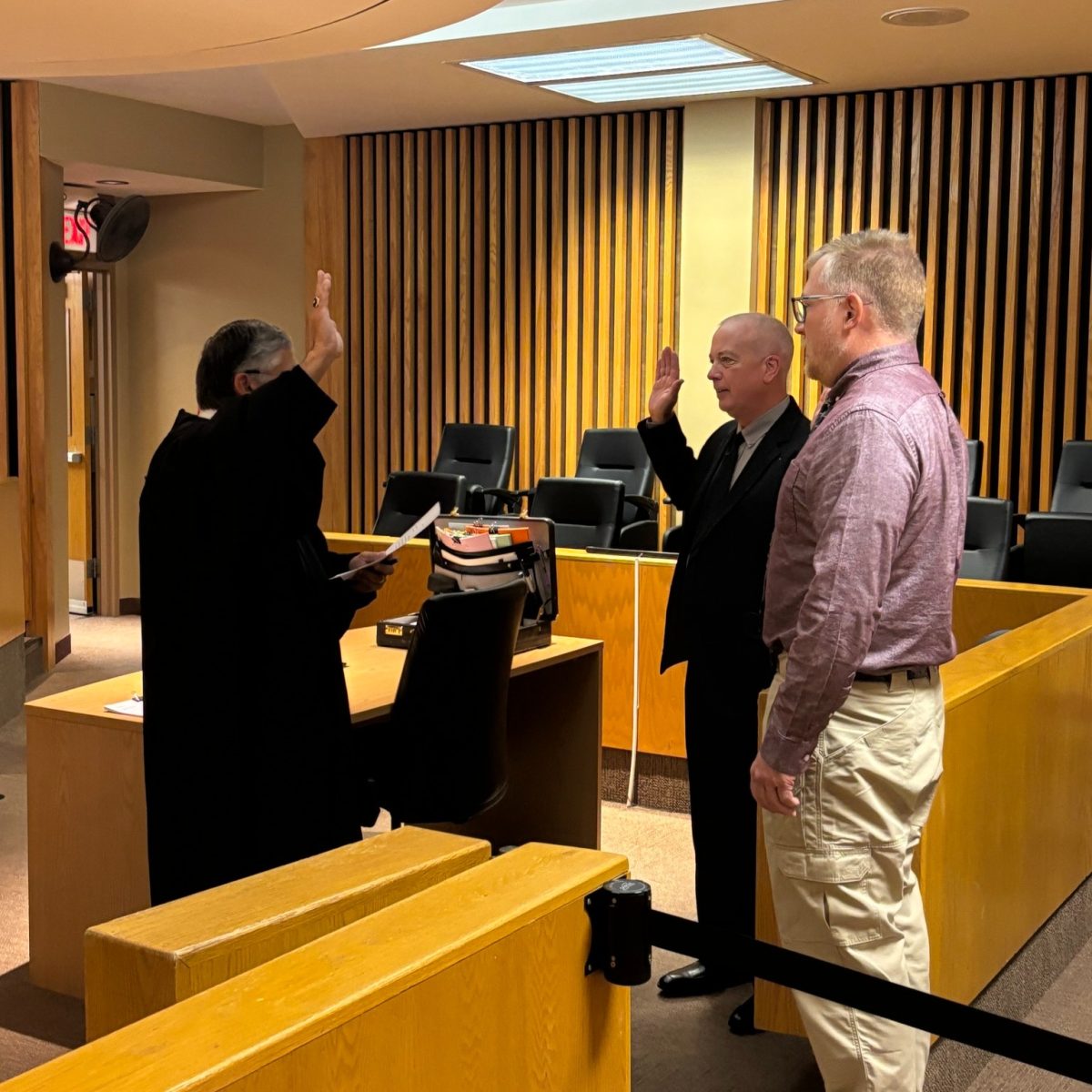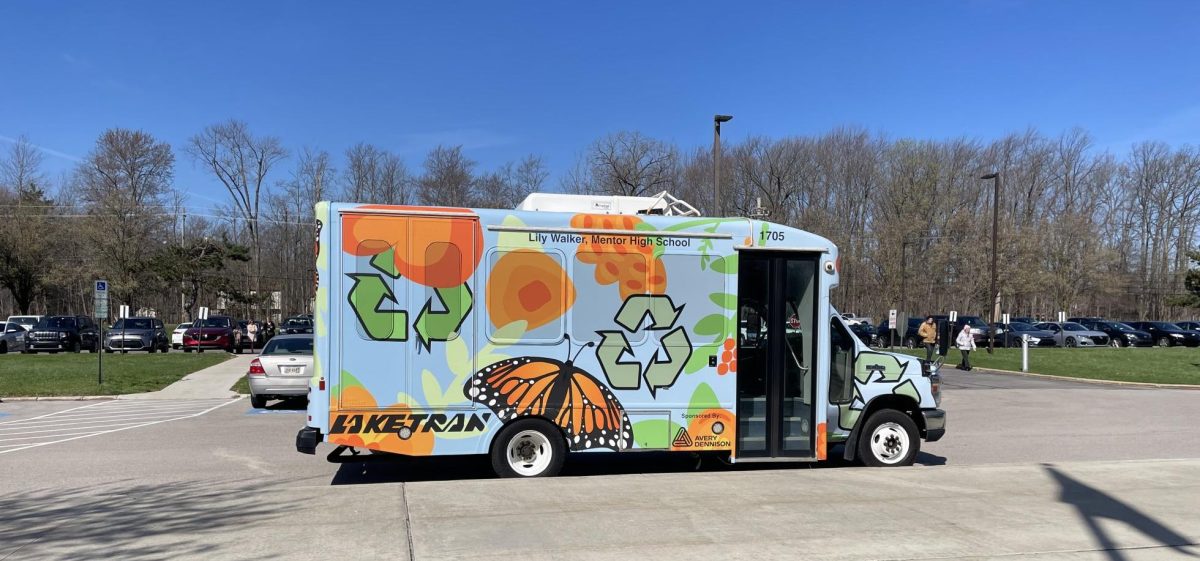Advisor’s Note: This article was written by an AP Seminar student as part of a “Make a Difference” project. For the AP Seminar Performance Tasks that are scored by College Board, students spend their year researching and writing about real-world, complex issues. After the AP test, students choose one of the topics they studied and do something to raise awareness about the issue to shed light on it as a way to make even a small difference. Students have a variety of options including developing websites, creating posters, starting social media campaigns, writing letters, and – this year – writing articles for Cardinal Nation. Student Aishwarya Pandit chose to share her issue in Cardinal Nation. Here is Aishwarya’s submission.
According to the National Institutes of Biomedical Imaging and Bioengineering, an estimated 2.8 million wheelchair-bound people cannot fly on commercial airlines because, currently, airplanes cannot transport wheelchair-bound passengers. So why can they not accomplish that?
This begs the question: to what extent should airlines in America accommodate wheelchair-bound passengers? There is no easy answer to this question; however, it is clear that while airlines are currently unable to transport wheelchair-bound passengers, they have been trying to address the unique needs of the community at large. For example, the needs of a mother traveling with an infant were met by the addition of a bassinet. A bassinet is a special accommodation in airplanes created for traveling mothers with infants. However, passengers who are wheelchair-bound have specific special needs that need to be addressed.

Let’s look at this issue a little more closely. To begin with, we should examine how airlines have addressed this topic in the past. Commercial airlines have, in the past, acknowledged this need. However, according to an article from National Public Radio (NPR) titled “Wheelchairs On Planes: Why Can’t Passengers Use Their Own Onboard?” A wheelchair (with a person) is not able to be restrained well enough to be as crash-worthy as an airline seat. For them, it is a safety issue.
Or is it? Michelle Erwin, the founder of an organization called AllWheelsUp, has a different opinion. Since 2011, she has been advocating the use of Q’Straints, the restraints and locks that secure a wheelchair in place, on airplanes. Her organization has determined that wheelchair restraints; namely Q Straits, work well in excess of the Federal Aviation Authority’s (FAA) requirement of 16G’s, or 16 times the force of gravity, for airplane seats. Her organization has been lobbying regulators such as the FAA, the airline industry, and the Department of Transportation to accommodate the use of wheelchairs on commercial airplanes. She has been instrumental in helping shape change in the government’s approach to the issue.
Does the government acknowledge this problem? Yes, they have. The government is cognizant of the multifaceted needs of the special needs community and has been working to improve the situation. According to the U.S. Department of Justice Civil Rights Division, the government passed a law called the Americans with Disabilities Act (ADA) in 1990 which prohibits discrimination based on disability in the fields of employment, public spaces, and public transportation among others. Commercial airplane travel falls in the transportation category. But, as mentioned above, the airlines cannot accommodate wheelchairs due to it being a safety issue.
Also, according to the U.S. Department of Transportation (DOT), in 1986 the Air Carrier Access Act (ACAA) was made into law, and it states that it is illegal for airlines to discriminate against passengers because of their disability. It also allows a passenger to have access to an assisted device such as a cane or a wheelchair. While they provide wheelchairs to be used in between flights, they are not allowed onboard because of the deemed safety risks. So while the Government has implemented some changes, more needs to be done to resolve this issue.
In 2018, U.S. Congress passed the FAA Reauthorization Act, with a clause that required feasibility studies for wheelchair securement systems on airplanes. According to AllWheelsUp, the existing Q’Straints exceed the FAA requirement of 16G’s for airplane seats. This means that if airlines added Q’Straints to their airplanes, wheelchair-using passengers could potentially fly securely and safely in their wheelchairs. In 2022, the Secretary of Transportation, Mr. Pete Buttigieg announced plans to introduce new rules which could allow passengers to be seated in their wheelchairs while flying. It must be noted, however, that not every wheelchair is robust enough for crash safety worthiness and each wheelchair may need to be certified regarding the same.
To summarize, wheelchair-bound passengers cannot currently board airlines with their wheelchairs. Therefore I propose that airlines do the following: Create a first row for passengers in wheelchairs with wide seats in a 2-2 or a 2-2-2 configuration, engineer a detachable 5-point harness for those seats (so that they can be used by ambulatory passengers as well when free), and train their crew in assisting in the transfer of special-needs passengers on and off the seats. Since the first row might eat into the First Class cabin space, the DOT or FAA should subsidize the airline companies for lost revenue
Of course, even this has its limitations. These changes, even if implemented, still do not allow passengers to travel in their wheelchairs in airplanes. The other limitation is that the funding required to make these changes across a fleet of aircraft will be significant, and the Government must agree to subsidize the costs for the betterment of its special-needs citizens.
Such a proposed change will need a significant amount of time and manpower to be feasible (installing the seats etc.) on all the airplanes.
So why should we still pursue this? Airlines and the government alike need to address the needs of their wheelchair-bound customers/citizens. Should they succeed, it is a win-win. There will be a significant increase in airline customers. Persons in wheelchairs will be able to travel more, which will add a smile to their faces. So I feel that despite these challenges, airlines should strive to create a better environment for wheelchair users in their airplanes so that they can comfortably travel.







